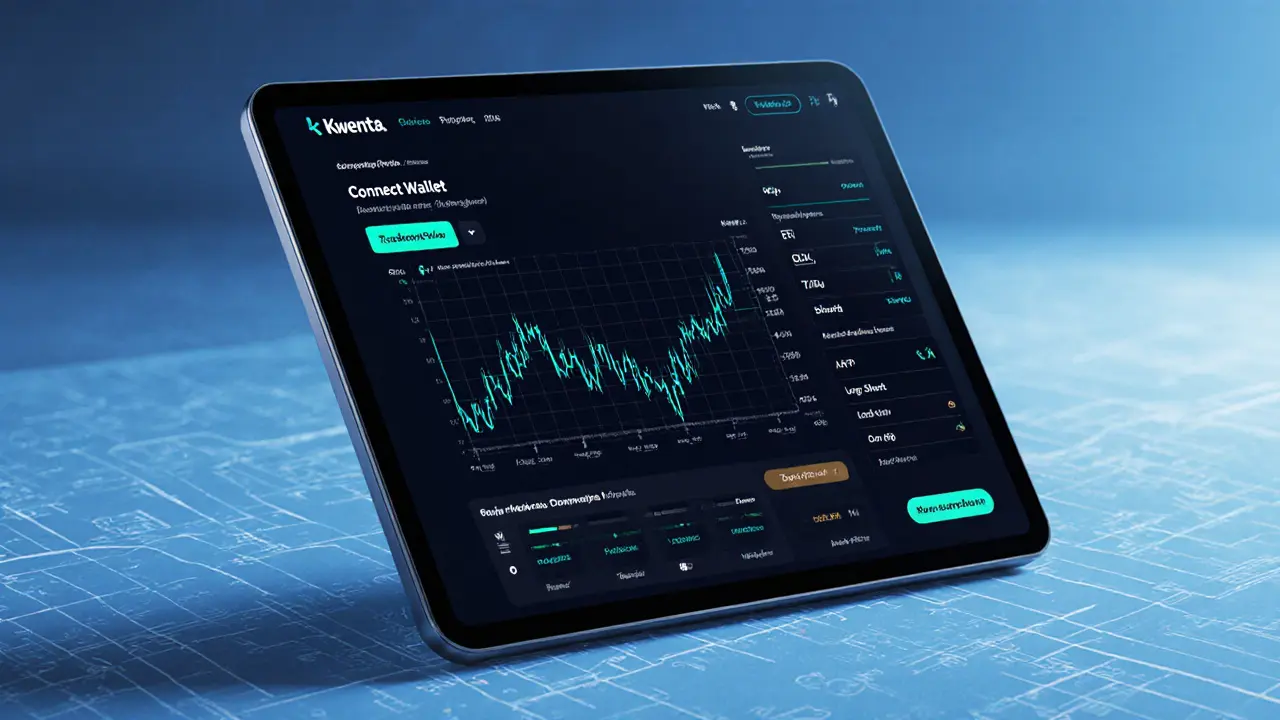Synthetix: A Deep Dive into Synthetic Assets and DeFi
When you hear Synthetix, a decentralized finance platform that lets users create and trade synthetic assets without owning the underlying real‑world assets. Also known as SNX, it leverages collateral, oracles, and smart contracts to mirror market prices.
The core of Synthetix is its SNX token, the native utility token used as collateral to back synths and to earn staking rewards. Holding SNX isn’t just a speculative move; it empowers participants to mint synths and earn fees from the ecosystem. This token‑collateral model means that synthetic assets stay liquid while the system remains over‑collateralized.
Another pillar is synthetic assets, cryptocurrency representations of commodities, stocks, indices, or fiat currencies that track real‑world price movements. Because synths are minted on‑chain, traders can access markets like gold or the S&P 500 without dealing with traditional brokers. In practice, Synthetix enables synthetic assets that mirror real‑world markets, and those assets require collateral locked in SNX tokens.
Key Components of the Synthetix Ecosystem
The system relies heavily on oracles, decentralized price feeds that push external market data onto the blockchain. Oracles feed price data into Synthetix to keep synths accurate, and they also help maintain trustless settlement. Without reliable oracles, synthetic assets would drift from their reference values, breaking the whole value proposition.
Synthetix lives inside the broader world of DeFi, a collection of blockchain‑based financial services that operate without traditional intermediaries. By offering on‑chain derivatives, it expands DeFi’s reach beyond lending and swapping. DeFi platforms often share liquidity pools, and Synthetix’s fee‑sharing model rewards participants across the network, reinforcing the idea that synthetic assets require collateral and price data to function reliably.
Behind the scenes, the protocol uses a governance framework where SNX holders vote on upgrades, fee structures, and new synth listings. This community‑driven approach ensures that the platform evolves with market needs while preserving security. Governance ties back to the SNX token, creating a feedback loop: token holders influence protocol changes, which in turn affect token value.
When you combine these pieces—SNX collateral, synthetic assets, oracle price feeds, and DeFi integration—you get a system where anyone can gain exposure to global markets with just a few clicks. The protocol’s design also means that risk is spread across participants: over‑collateralization protects against price shocks, and fee distribution incentivizes liquidity provision.
Below you’ll find a curated set of articles that unpack each of these elements. Whether you’re looking for a beginner‑friendly explanation of how synthetic assets work, a deep dive into SNX token economics, or practical tips on using oracles securely, the collection has you covered. Dive in to see how Synthetix reshapes trading, what opportunities the SNX token presents, and how the broader DeFi landscape benefits from synthetic derivatives.

Kwenta Crypto Exchange Review - Decentralized Derivatives Platform Overview
A comprehensive review of Kwenta, the decentralized derivatives exchange built on Synthetix, covering how it works, fees, token outlook, and how it stacks up against competitors.
